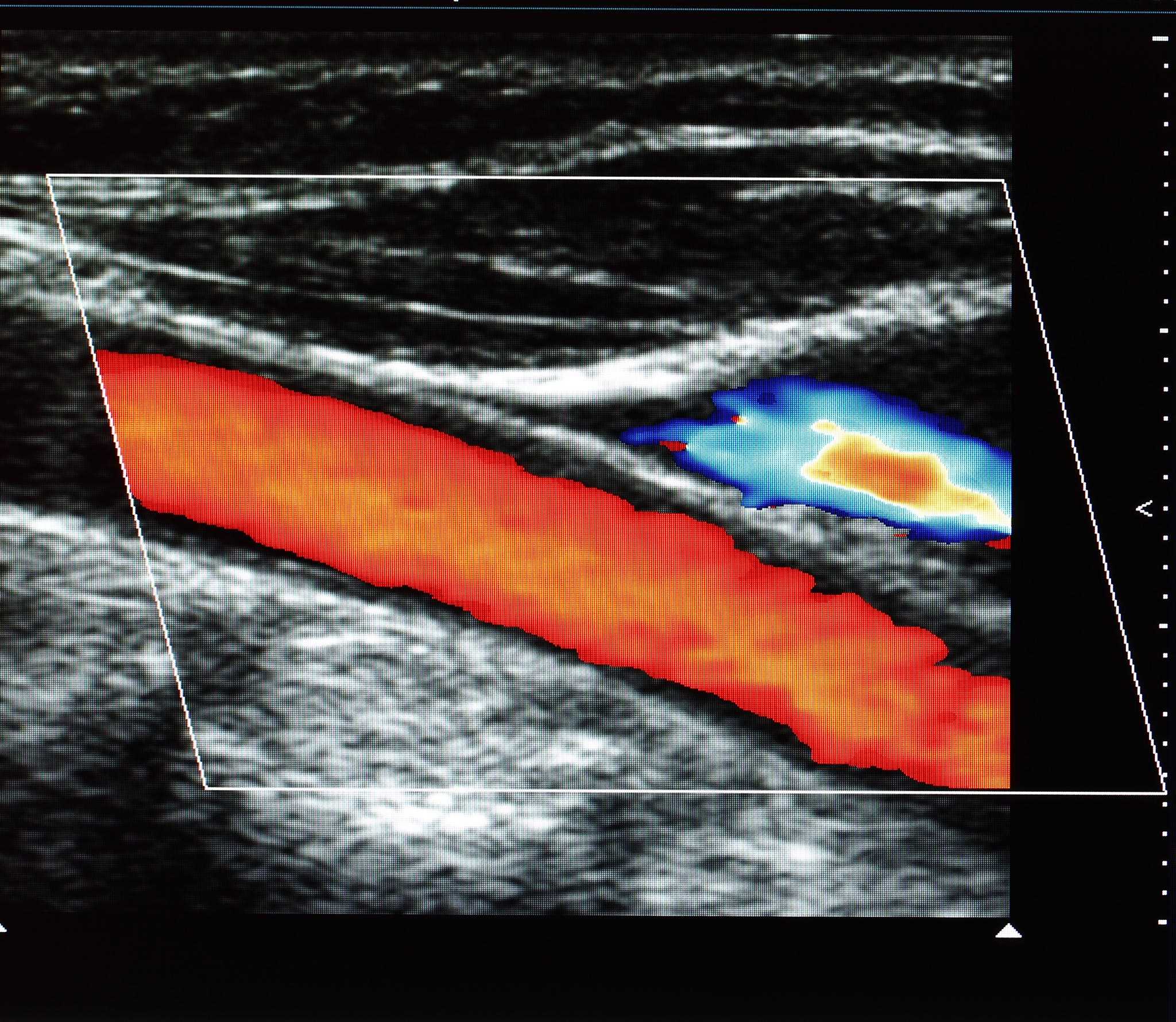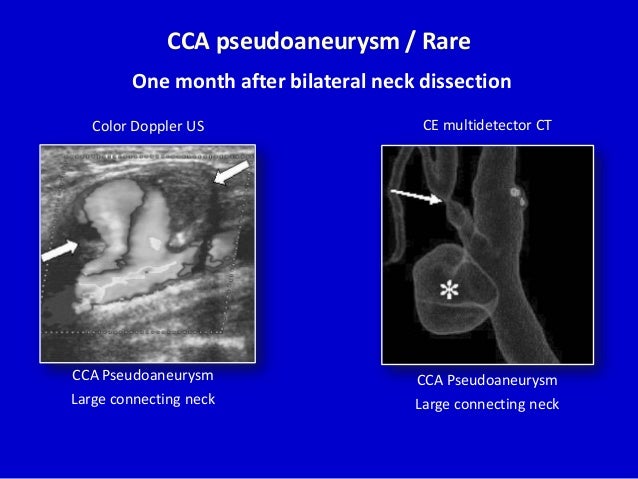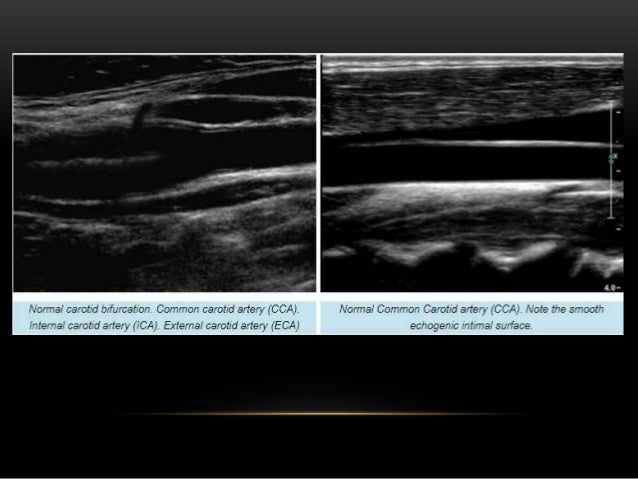


Second, present data have heterogeneous “low NIHSS score” definitions, LVO inclusion criteria, and primary endpoints, resulting in conflicting results in meta-analyses of the heterogeneous literature ( 5– 8). First, all low NIHSS scores are not equivalent with regard to clinical outcomes, which increases the variance of literature-reported outcomes ( 4). In this terminal situation, the controversy persists. Thus, if the question of “how to treat LVO stroke patients?” seems to be answered as ET, although the technique may vary, the question of “which situations?” remains a problem, especially in those situations that are outside or underrepresented in the population of large trials, such as in cases of a low National Institutes of Health Stroke Scale (NIHSS) score.

However, several important factors represent crucial information for treatment decision-making, such as the size of the core infarct, the volume of recoverable penumbra, and the robustness of the collateral circulation ( 2, 3).Ĭonsequently, not all LVO stroke patients are good candidates for endovascular thrombectomy, and, therefore, not all are treated by the same method ( 1). The diagnosis is made by clinical and radiological approaches/methods, with endovascular thrombectomy (ET) becoming the standard of care as a result of randomized trials that showed improved functional outcomes in patients who had thrombectomy with successful recanalization. Clinical rating scales have been published to assist in the identification of LVO stroke and guide clinical decisions, but no single scale has demonstrated clear superiority, and few are used in practice consistently ( 2). We postulate that such patients may derive significant benefits from endovascular thrombectomy, and may posit that an intensive transcranial Doppler monitoring protocol could facilitate the identification of suitable candidates for such intervention.Īcute ischemic stroke (AIS) caused by large vessel occlusions (LVOs) requires emergency detection in prehospital screening, and a rapid diagnosis along with treatment is essential to reduce morbidity and mortality ( 1). The study of collaterals in patients with large vessel occlusion stroke has garnered considerable attention, with research suggesting that individuals with low NIHSS scores and poor collateral profiles may be at a heightened risk of early neurological deterioration. The patient subsequently exhibited neurological deterioration and collateral flow failure from Willis polygon, indicating the need for urgent intervention. In this study, we present the case of a 62-year-old individual, with left internal carotid occlusion stroke and low NIHSS, who had compensatory collateral flow from Willis polygon via the anterior communicating artery. The effectiveness of endovascular thrombectomy in patients presenting low National Institutes of Health Stroke Scale (NIHSS) scores remains controversial, and the acquisition of additional evidence is required to refine the selection of candidates who may benefit the most from this therapeutic modality. 4Department of Neurology and Neurosurgery, São Paulo Federal University, São Paulo, SP, Brazil.3Department of Neuroscience and Behavior Sciences, Medical School of Ribeirão Preto, University of São Paulo, Ribeirão Preto, SP, Brazil.2Neurologist and Interventional Neuroradiologist, Hospital Santa Maria, Teresina, PI, Brazil.1Institute of Radiology, University of São Paulo School of Medicine, Hospital das Clínicas, São Paulo, SP, Brazil.Elizeu Pereira dos Santos Neto 1,2 †, Ícaro Araújo de Sousa 3 * †, Arthur de Oliveira Veras 3, Marx Lima de Barros-Araújo 1, Irapuá Ferreira Ricarte 4 and Octávio Marques Pontes-Neto 3


 0 kommentar(er)
0 kommentar(er)
